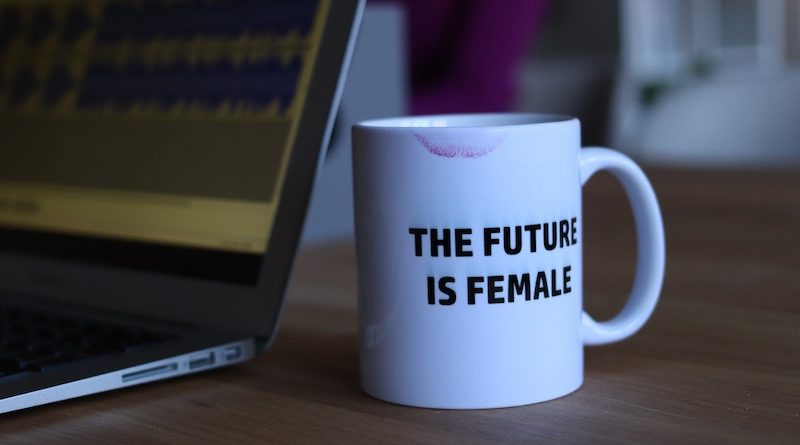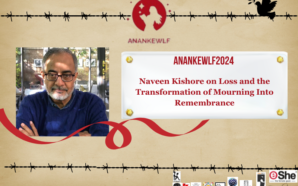The world is changing at an unprecedented pace thanks to the rise of disruptive, new technologies. The digital age or industry 2.0 has not just fueled advancements, it has played a catalyzing role in the democratization of access, markets and opportunities to a good extent. Progress has enabled improvements in productivity with value creation being the buzzword. On the flip side however, this very progress has the potential of immensely reducing or completely eliminating a wide array of jobs.
So with this scenario at hand, many predict dire economic consequences for women who already suffer due to huge gaps in terms of opportunities and pay. But that said women and men do face similar scale of potential job losses and gains according to Mckinsey. The report also suggests that women in many countries may even be slightly less at risk of being displaced by automation than men depending on the differences in occupation.
With an environment where the only thing constant is change, the need to transition and adapt would actually be the deciding factor for economic resilience of not just individuals but also organizations. Another Mckinsey report reveals that in almost 60 percent of occupations, at least ‘one third of the constituent activities could be automated, implying substantial workplace transformations and changes for all workers.”
 From an organizational point of view, companies are shifting away from physical assets and joining the digital transformation bandwagon, all in a bid to accelerate productivity and acquire greater flexibility. This is a brand new ecosystem that not only urges companies to evolve but in effect suggests the need for workers to reinvent else fade away.
From an organizational point of view, companies are shifting away from physical assets and joining the digital transformation bandwagon, all in a bid to accelerate productivity and acquire greater flexibility. This is a brand new ecosystem that not only urges companies to evolve but in effect suggests the need for workers to reinvent else fade away.
According to a PWC research ‘Workforce of the Future – Middle East Edition’, stakeholders across the business landscape need to recognize that preparing for the work of the future cannot be done in a simple step, nor can it solely focus on technology. It needs robust preparation pivots around three actions: getting the basics right by ensuring that employees are able to manage their time and have a strong work ethic. Leveraging technology by investing in it to improve business processes and increasing efficiencies. Lastly being truly disruptive by giving workers time and space to innovate and explore new ideas. Adding to this mix, is the agenda of diversity and inclusion that will not only create top-tier, high quality resource pipelines, it will amplify socio-economic impact.
But, to reach to this very conclusion – which might seem utopic at the moment – there is a need for women (too) to adapt to the changing times. As per Mckinsey’s report: “Worldwide, 40 million to 160 million women — seven to 24 percent of those currently employed—may need to transition across occupations to ensure that they are positioned for shifts in labor demand. For men, the range is comparable at eight to 28 percent. If women take advantage of transition opportunities; they could maintain their current share of employment; if they cannot, gender inequality in work could worsen.”
So in order to align and adapt adeptly to the future of work, the way forward for ‘workers 2.0’ and their organizations is to constantly innovate, upskill and re-educate, consistently build the case for diversity and inclusion and be the transformative force, the future envisions.
Title Photo by CoWomen on Unsplash
Photo 2 by Ross Findon on Unsplash











